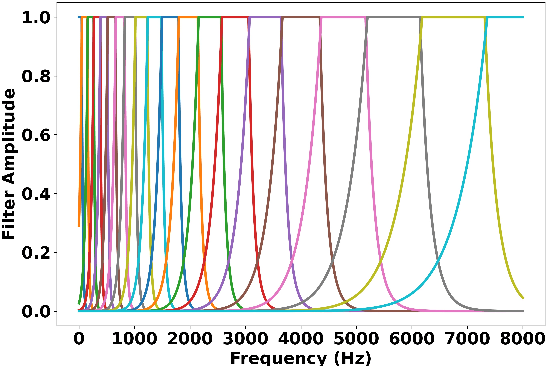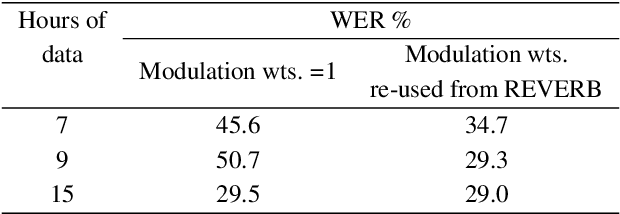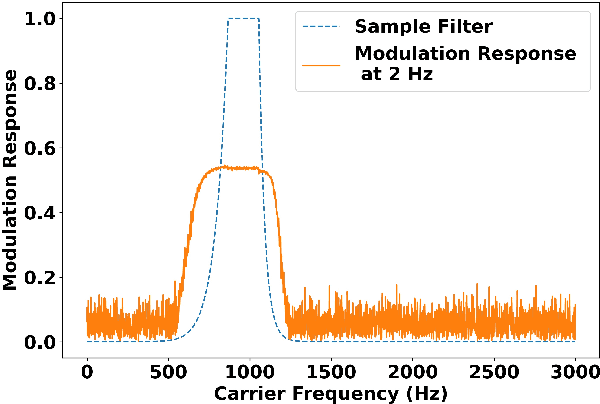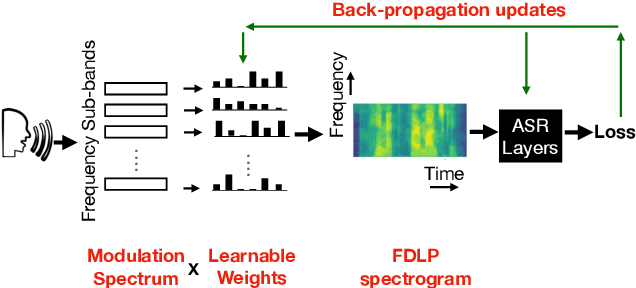Importance of Different Temporal Modulations of Speech: A Tale of Two Perspectives
Paper and Code
Mar 31, 2022



How important are different temporal speech modulations for speech recognition? We answer this question from two complementary perspectives. Firstly, we quantify the amount of phonetic information in the modulation spectrum of speech by computing the mutual information between temporal modulations with frame-wise phoneme labels. Looking from another perspective, we ask - which speech modulations does an Automatic Speech Recognition (ASR) system prefer for its operation. Data-driven weights are learnt over the modulation spectrum and optimized for an end-to-end ASR task. Both methods unanimously agree that speech information is mostly contained in slow modulation. Maximum mutual information occurs around 3-6 Hz which also happens to be the range of modulations most preferred by the ASR. In addition, we show that incorporation of this knowledge into ASRs significantly reduces its dependency on the amount of training data.
 Add to Chrome
Add to Chrome Add to Firefox
Add to Firefox Add to Edge
Add to Edge